MCQ ON PHYLUM HEMICHORDATA class 11 for NEET | MCQ ON NEET Biology class 11th 2022 | MCQ Questions for class 11 Biology chapter – 4 PHYLUM HEMICHORDATA with Answer | Check the below NCERT MCQ question for class 11 Biology chapter 4 based on PHYLUM HEMICHORDATA with Answers.
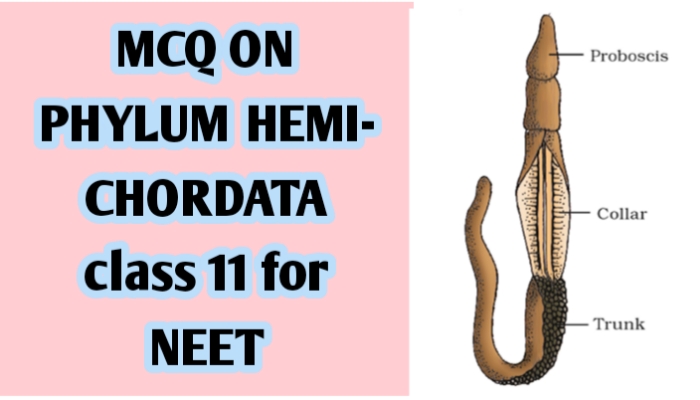
MCQ ON PHYLUM HEMICHORDATA class 11 for NEET
MCQ Questions for class 11 Biology with Answers were prepared based on the latest pattern.We have provided class 11 Biology MCQs questions on PHYLUM HEMICHORDATA with Answers to help students understand the concept very well.
MCQ on Phylum HEMICHORDATA is useful for NEET / CSIR / UGC / CBSE / ICSE / AIIMS / EXAM / AFMC EXAM / STATE LEVEL MEDICAL EXAM 2022-23
Introduction:-
Phylum hemichordata includes the acorn or tongue worm and their allies. Body form is soft and un segmented and has worm like form and three distinct regions . Symmetry is bilateral. Germ layer is triploblastic. They have organ system level of organisations. They are no locomotory appendages. Body cavity is true coelom.
MCQ ON PHYLUM HEMICHORDATA class 11 for NEET
1.Phylum hemichordata consists of a small group of worm – like marine animals with
(a) cellular level of organisations
(b) tissue level of organisations
(c) organ level of organisations
(d) organ – system level of organisations
Ans (d) organ system level of organisations
2. Symmetry of hemichordata is
(a) monolateral
(b) bilateral
(c) trilateral
(d) all the above
Ans. (b) bilateral
3. The important features of hemichordata are
(a) bilaterally symmetrical
(b) triploblastic
(c) coelomate animals
(d) all the above
Ans. (d) all the above
4. The body of hemichordata is cylindrical and is composed of an anterior
(a) proboscis
(b) a collar
(c) a long trunk
(d) all the above
Ans.(d) all the above
5.The circulatory system of hemichordata is
(a) close type
(b) open type
(c) both a and b
(d) none
Ans.(b) open type
ALSO READ:-
● YOU CAN WATCH BIOLOGY SIR Youtube channel
6.The respiration takes place in hemichordata through is
(a) lungs
(b) gills
(c) book gill
(d) skin
Ans.(b) gills
7. Excretory organ of hemichordata is
(a) flame cells
(b) proboscis gland
(c) nephridia
(d) kidney
Ans.(b) proboscis gland
8. The tongue worm is
(a) the acorn
(b) brittle star
(c) balanglossus
(d) both a and c
Ans.(d) both a and c
9. Free swimming tornaria larva is found in
(a) mollusca
(b) hemichordata
(c) echinus
(d) aschelminthes
Ans. (b) hemichordata
10. Balanglossus , cephalodiscs , rhabdopleura example of
(a) mollusca
(b) annelids
(c) echinodermata
(d) hemichordata
Ans. (d) hemichordata
11. The body of hemichordata is
(a) soft and un segmented
(b) hard and segmented
(c) soft and segmented
(d) hard and u segmented
Ans.(a) soft and un segmented
12. Body cavity of hemichordata is containing
(a) true coelom
(b) acoelom
(c) false coelom
(d) gill book
Ans.(a) true coelom
13. Nervous system of hemichordata is
(a) diffuse
(b) consisting of an epidermal plexus of nerve cells
(c) nerve fibres
(d) all the above
Ans.(d) all the above
14. The balanglossus lives in burrows.
(a) V shape
(b) U shape
(c) L shape
(d) all the above
Ans.(b) U shape
15. The trunk of balanglossus comprises 3 region
(a) anterior branchiogenital
(b) middle hepatic
(c) posterior abdominal
(d) all the above
Ans. (d) all the above
16. All hemichordata are ?
(a) fresh water
(b) Marine water
(c) both a and b
(d) none
Ans.(a) Marine water
17. Development may include a free swimming tornaria larva in
(a) molluscs
(b) echinodermata
(c) annelida
(d) hemichordata
Ans.(d) hemichordata
18. Stomochord is related to
(a) respiratory tract
(b) digestive tract
(c) excretory tract
(d) all the above
And.(b) digestive tract
19. Germ layers of hemichordata is
(a) diploblastic
(b) triploblastic
(c) monoblastic
(d) all the above
Ans. (b) triploblastic
20. The glomerulus is related to
(a) excretory system
(b) respiratory system
(c) digestive system
(d) all the above
Ans.(a) excretory system

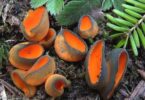
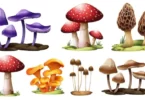
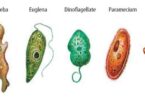
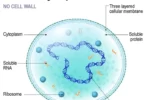
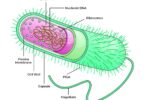
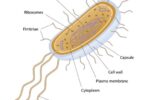
Leave a Comment